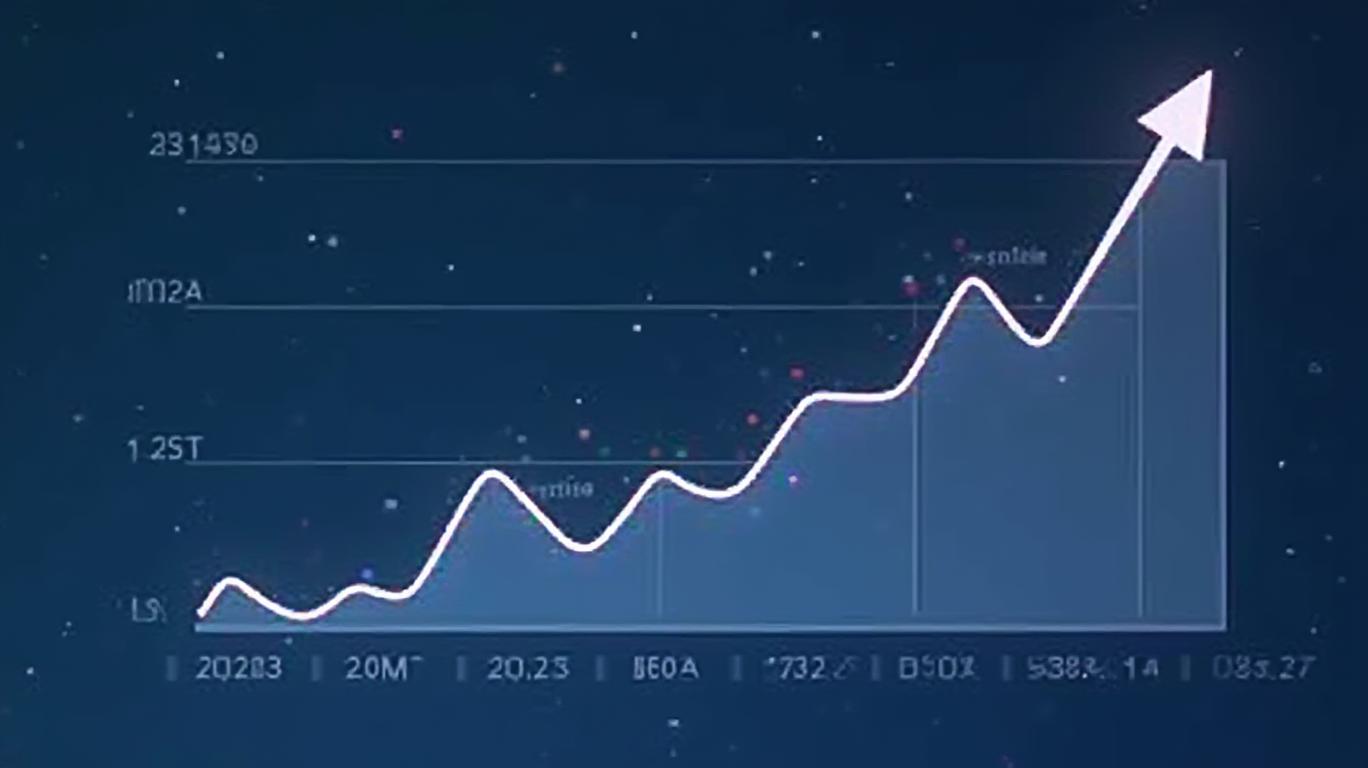The Data-Driven Oncology Revolution: Why Tempus AI Is Unstoppable in Precision Medicine
The $120 billion precision
market is undergoing a seismic shift. No longer content with one-size-fits-all treatments, clinicians, researchers, and patients are demanding therapies tailored to individual genomic profiles, real-world outcomes, and cost-effectiveness. Enter Tempus AI, a data-driven powerhouse that has quietly built the most comprehensive multimodal dataset in oncology—a goldmine of clinical, genomic, and claims data now validated at the 2025 ISPOR Annual Meeting. This isn’t just about incremental progress; it’s a defensible moat that will dominate the future of cancer care—and investors who act now will capitalize on its explosive growth trajectory.
The Defensible Moat: Why Tempus’ Data Integration Is Unmatched
At ISPOR 2025, Tempus showcased how its multimodal data integration is delivering actionable insights that no competitor can replicate. Five studies highlighted its ability to bridge gaps between genomic data, real-world treatment journeys, and outcomes:
- Adverse Event Detection at Scale: In immune-oncology therapies, the definition of adverse events (irAEs) directly impacts patient care and drug safety reporting. Tempus’ integration of genomic and claims data revealed that varying definitions could inflate adverse event detection by 70%, underscoring the need for standardized analytics—a capability Tempus now owns.
- Demographic and Geographic Diversity: Comparisons with the SEER cancer registry showed Tempus’ data captures younger, more advanced-stage patients with greater racial diversity. This makes it uniquely positioned to guide therapies for underrepresented populations, a critical edge in an era of personalized medicine.
- Time = Survival: In colorectal cancer, delays in genomic testing (NGS) cut survival rates. Tempus’ data proved that patients receiving results within two months of biopsy had significantly better outcomes, creating a clear clinical imperative for its testing services.
These studies are not academic curiosities. They validate Tempus’ $5 billion dataset—spanning 500,000+ patients—as the most valuable asset in oncology AI. Competitors like Freenome or Grail may offer genomic tests, but none combine genomic, clinical, and claims data at scale, creating a moat that grows deeper with every new patient sample and treatment decision.
FDA & Commercial Catalysts: A 2025 Tipping Point
Tempus isn’t just talking data; it’s converting it into hard revenue through regulatory wins and partnerships:
- xT CDx Launch: The FDA’s January 2025 approval of the 648-gene xT CDx test—a companion diagnostic for colorectal cancer—marks a turning point. With normal-matched sequencing for 648 genes, it’s now the largest commercially available panel for solid tumors. This isn’t just a product launch; it’s a $200M+ annual revenue stream as hospitals adopt it for routine care.
- CMS Coverage for ECG-AF: Medicare’s January 2025 reimbursement of the $128.90 ECG-AF algorithm (which detects atrial fibrillation risk via AI-analyzed ECGs) opens a $1B+ market in cardiovascular diagnostics.
- Pharma Partnerships: Biopharma giants like Roche and Merck are paying premiums for access to Tempus’ data to design trials, identify biomarkers, and commercialize therapies. One example: Tempus’ genomic-claims integration helped a partner identify a subset of lung cancer patients responsive to a new immunotherapy—accelerating FDA approval and sales.
The Scalability Play: Data Network Effects in Action
Tempus’ moat isn’t static. Its AI platform operates on a virtuous cycle:
- More genomic tests = richer data = better AI models = higher demand from pharma, hospitals, and payers.
- Claims integration fills gaps in EHRs, creating longitudinal treatment histories that no single-source competitor can match.
Consider this: In lung adenocarcinoma, Tempus’ linked genomic/EHR/claims data added 6,487 new treatment lines to patient records, enabling deeper insights into therapy efficacy. This data isn’t just for researchers—it’s a subscription service for healthcare systems paying $20,000/month to access AI-driven treatment recommendations.
Investment Thesis: Buy Before the Surge
The market is just waking up to Tempus’ value. Analysts at JPMorgan estimate its oncology AI platform could hit $1.5B in revenue by 2027, with margins expanding as partnerships scale. Yet its stock trades at a mere 5x 2027 sales—far below peers like Illumina (10x) or Guardant Health (15x).
The catalysts are clear:
- FDA’s AI Review Initiative (June 2025): Could fast-track approvals for Tempus’ pipeline, including its AI-based drug response predictions.
- xT CDx Adoption Surge: Already rolled out nationally, but penetration remains under 30% of U.S. cancer centers.
- 2025 Partnership Announcements: Look for deals with insurers like UnitedHealthcare to bundle Tempus’ data services into value-based care contracts.
This is a rare high-growth platform with tangible, data-backed differentiation—a rarity in the AI space. The moat is real, the revenue streams are scalable, and the near-term catalysts are in place.
Final Call: Act Now—Before the Market Does
Tempus AI isn’t just a player in oncology—it’s rewriting the rules. Its data integration capabilities are the operating system of precision medicine, and the ISPOR 2025 data proves it. With regulatory wins fueling adoption and partnerships unlocking new markets, this is a once-in-a-decade opportunity.
Investors who wait for consensus will miss the train. The data is clear: Tempus is unstoppable.


Comments
No comments yet